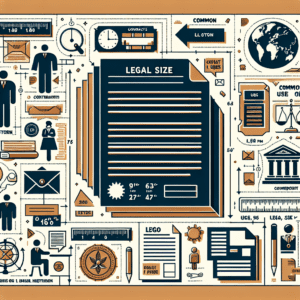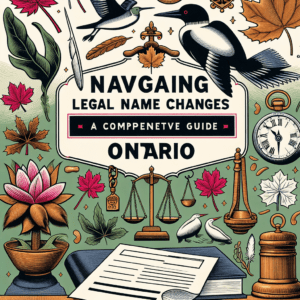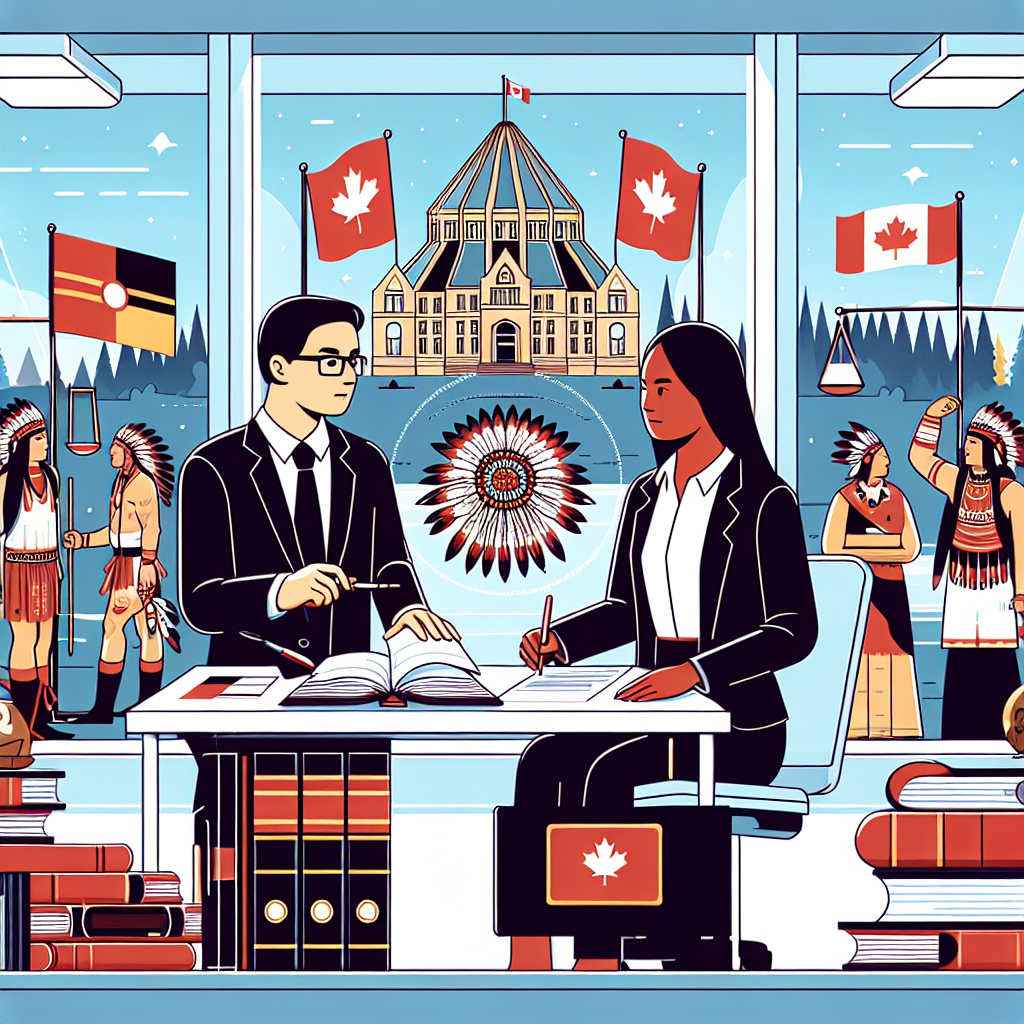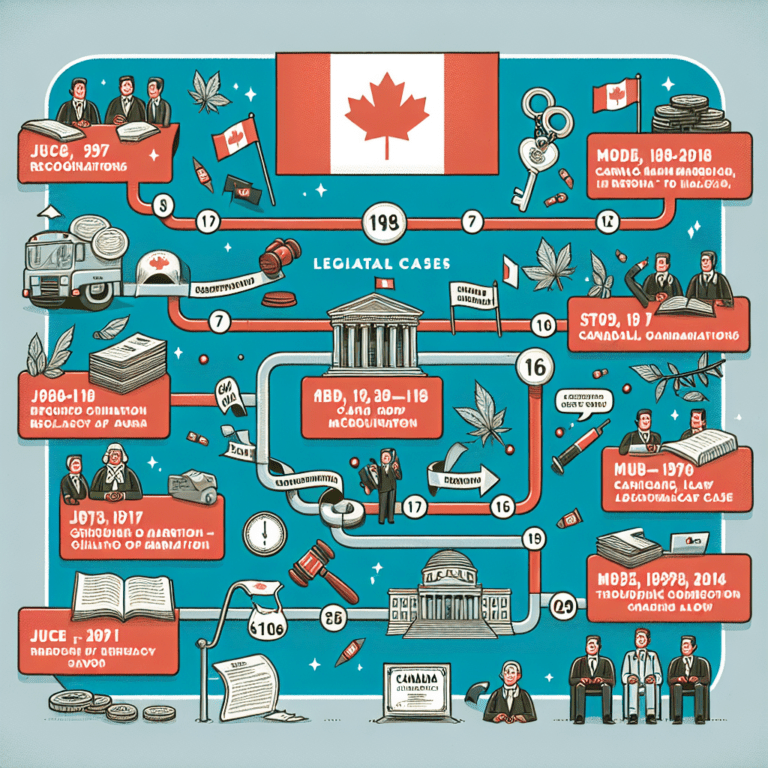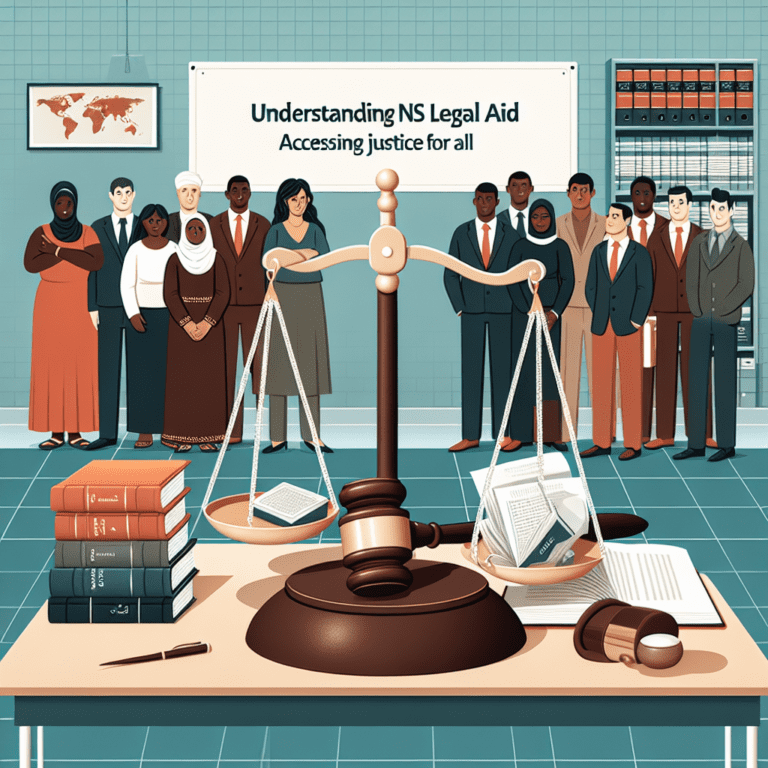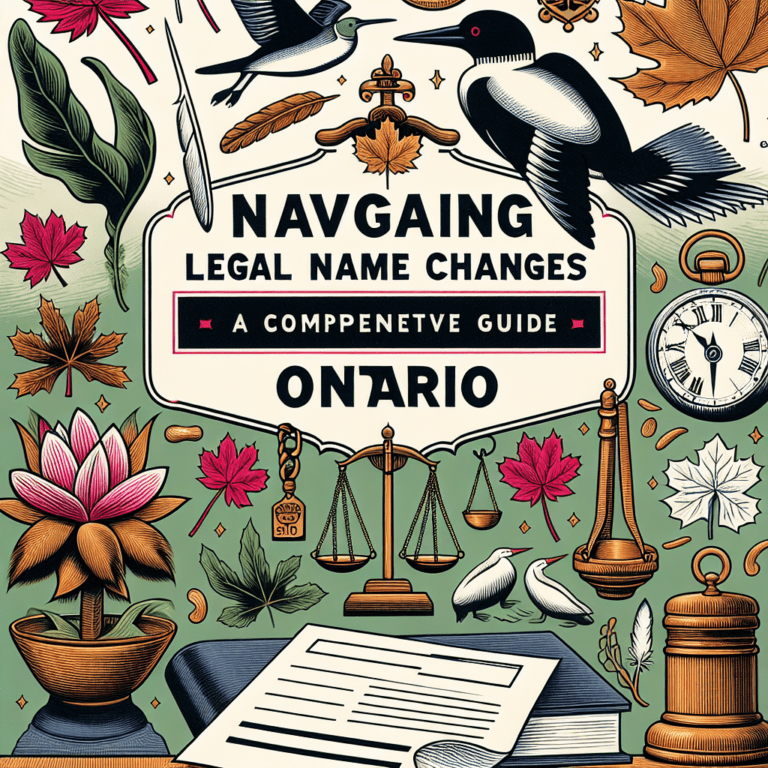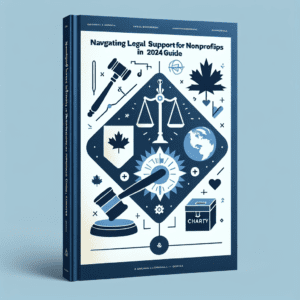===
In 2024, enhancing legal aid access for Indigenous communities in Canada is more critical than ever. Many Indigenous peoples face systemic barriers that prevent them from obtaining the legal services they desperately need. The consequences can be devastating, from unresolved land disputes to inadequate representation in criminal cases. This article aims to illuminate strategies that can revolutionize legal aid accessibility in Indigenous communities, bridging existing gaps and providing comprehensive support. By understanding these intricate issues and exploring actionable solutions, we can foster a more equitable legal landscape for all.
Strategies for Improving Legal Aid Accessibility in Indigenous Communities
Access to legal aid for Indigenous communities in Canada has traditionally been fraught with challenges, including geographic isolation, linguistic barriers, and a lack of culturally relevant legal resources. To tackle these issues effectively, innovative strategies must be implemented that prioritize the unique needs of Indigenous peoples. One powerful approach is the establishment of mobile legal aid clinics that travel to remote communities, offering direct services and consultations. These clinics can provide essential legal information, assistance with paperwork, and referrals to culturally competent lawyers, effectively overcoming many logistical barriers.
Another game-changing tactic is fostering partnerships between legal aid organizations and Indigenous governance structures. By collaborating with tribal councils and community leaders, legal aid providers can tailor their services to reflect community priorities and cultural values. This localized approach not only enhances trust between legal professionals and Indigenous peoples but also ensures that the legal services provided are relevant and sensitive to the specific needs of each community. Furthermore, training Indigenous paralegals or community advocates can significantly augment legal outreach, allowing for a deeper connection and understanding of the issues at hand.
Finally, investing in digital literacy and technology can further enhance legal aid accessibility. Many Indigenous communities have limited access to technological resources, which can hinder their ability to seek legal assistance. By providing training workshops and resources for online legal platforms, communities can gain confidence in navigating the legal system. Additionally, the development of culturally appropriate virtual legal services can ensure that even those in the most remote areas have access to much-needed support.
Bridging Gaps: Legal Services for Indigenous Peoples in Canada
Despite the various initiatives aimed at improving legal aid access, significant gaps persist in the availability and quality of legal services for Indigenous peoples. One major concern is the lack of lawyers who understand the cultural contexts of Indigenous law, which often differs from mainstream legal practices. This disconnect can lead to inadequate representation in legal matters, further perpetuating injustices. To bridge this gap, it is imperative that law schools in Canada incorporate Indigenous legal traditions into their curricula, producing a new generation of lawyers who are not only qualified but also culturally competent.
Moreover, enhancing legal aid funding specifically earmarked for Indigenous communities is essential for creating sustainable change. Increased financial resources would allow legal aid organizations to hire more staff, provide training, and develop outreach programs tailored to Indigenous populations. This investment would also support the creation of specialized legal clinics focused on Indigenous issues, such as land rights, treaty obligations, and family law. By prioritizing these areas, the legal system can begin to address the historical inequities that have marginalized Indigenous peoples for generations.
Lastly, promoting awareness of legal rights among Indigenous communities is crucial in bridging existing gaps. Education campaigns that inform individuals about their legal rights and available resources can empower them to seek assistance when needed. Collaborating with community leaders to disseminate information in culturally relevant ways can foster greater understanding and encourage individuals to engage with legal services. By adopting these multi-faceted approaches, Canada can move toward a more inclusive legal framework that truly serves its Indigenous populations.
===
Enhancing legal aid access for Indigenous communities in Canada is an ongoing journey that requires commitment, understanding, and innovation. By implementing targeted strategies, fostering partnerships, and addressing the unique challenges faced by Indigenous peoples, we can create a legal landscape that ensures equitable access to justice. The time for change is now, and it is crucial for stakeholders—be they legal professionals, community leaders, or policymakers—to come together and take action. Let us work collectively to dismantle the barriers preventing Indigenous communities from accessing the legal support they deserve, paving the way for a brighter, more just future.
Navigating Legal Aid Options for Refugees in Canada 2024Exploring Human Rights Legal Support in Canada: 2024 InsightsNavigating Legal Support for Wrongful Termination in Canada 2024Relevant LinkRelevant LinkRelevant LinkUnderstanding LegalZoom Billing: Fees, Structure, and InsightsUnderstanding LegalZoom’s Basic Will: Key Features ExplainedUnderstanding LegalZoom’s Business Address Services ExplainedRelevant LinkRelevant LinkRelevant LinkUnderstanding Legal Self-Defense Weapons in CanadaUnderstanding Legal Paper Size: Dimensions and Uses ExplainedNavigating Legal Name Changes in Ontario: A Comprehensive GuideRelevant LinkRelevant LinkRelevant Link








